Explore Agra
Get a chance to visit the monument of love
Taj Mahal
The Taj Mahal, located in Agra, India, is a stunning white marble mausoleum built by the Mughal Emperor Shah Jahan in memory of his beloved wife Mumtaz Mahal. Constructed between 1632 and 1653, it is renowned for its exquisite architecture, intricate carvings, and symmetrical beauty, embodying the pinnacle of Mughal architecture. The Taj Mahal is a UNESCO World Heritage Site and is considered one of the most beautiful buildings in the world, attracting millions of visitors annually. Its design combines elements from Islamic, Persian, Ottoman Turkish, and Indian architectural styles.
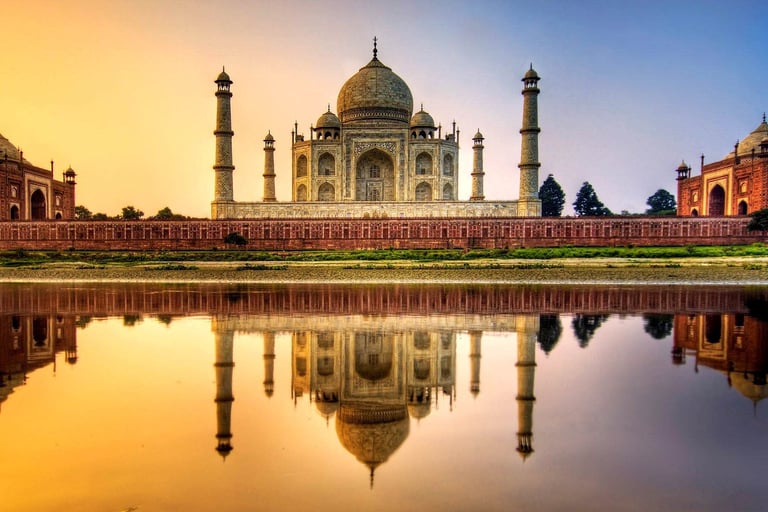

Agra Fort
Agra Fort, located in Agra, India, is a UNESCO World Heritage Site and an iconic example of Mughal architecture. Built by Emperor Akbar in 1565, the fort served as the main residence of the Mughal emperors until the capital moved to Delhi. This massive red sandstone fortress encompasses a variety of impressive structures, including the Jahangir Mahal, Diwan-i-Khas, Diwan-i-Am, and the Moti Masjid. The fort's strategic and historical significance, combined with its architectural splendor, makes it a major tourist attraction, offering insights into the opulent lifestyle of the Mughal dynasty.
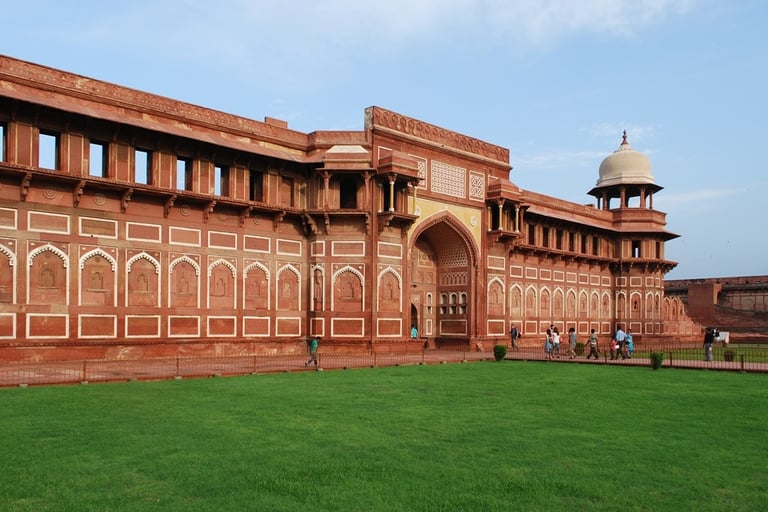

Fatehpur Sikri
Fatehpur Sikri, located near Agra, India, is a historic city founded by Mughal Emperor Akbar in the late 16th century. It served as the Mughal capital from 1571 to 1585 before being abandoned due to water scarcity. The city is a UNESCO World Heritage Site and is renowned for its well-preserved Mughal architecture. Notable structures include the Buland Darwaza, Jama Masjid, and the tomb of Salim Chishti. Fatehpur Sikri is celebrated for its blend of Indian, Persian, and Islamic architectural styles, reflecting the diverse influences that characterized Akbar's reign.
Sikandra Tomb
Sikandra Tomb, located in Agra, India, is the mausoleum of the Mughal Emperor Akbar. Built between 1605 and 1613, it showcases a unique blend of Islamic, Hindu, Jain, and Christian architectural styles, reflecting Akbar's inclusive vision. The tomb is set in a large, beautiful garden and features a grand entrance gate, intricate red sandstone and marble work, and detailed carvings. Akbar himself began the construction of this tomb during his lifetime, and it was completed by his son, Emperor Jahangir. Sikandra Tomb is a testament to Akbar's legacy and is a significant historical and architectural monument.
Mehtab Bagh
Mehtab Bagh, meaning "Moonlight Garden," is a charbagh complex located in Agra, India, directly opposite the Taj Mahal on the northern bank of the Yamuna River. Built by Mughal Emperor Babur in the early 16th century, it was later restored by Emperor Shah Jahan. The garden provides a stunning view of the Taj Mahal, especially under the moonlight, offering a unique perspective of the iconic mausoleum. Designed in the traditional Persian style with symmetrical layouts, pathways, and fountains, Mehtab Bagh is an important part of the Taj Mahal complex, enhancing its aesthetic and historical significance. The garden is a serene spot for visitors to enjoy the natural beauty and panoramic vistas of the Taj Mahal.
Gurudwara Guru Ka Taal
Itmad-ud-Daula, often referred to as the "Baby Taj," is a Mughal mausoleum located in Agra, India. It was built between 1622 and 1628 by Nur Jahan, the wife of Emperor Jahangir, for her father, Mirza Ghiyas Beg, who held the title of Itmad-ud-Daula (Pillar of the State). This exquisite tomb is renowned for its intricate inlay work, pietra dura (marble inlay) decorations, and elegant Persian-influenced architecture. Constructed primarily from white marble, it is considered a precursor to the Taj Mahal and marks a significant shift towards more delicate and detailed Mughal architectural styles. The tomb is set within a beautiful garden and is admired for its symmetry and artistry.
Itmad-ud-Daula
Gurudwara Guru Ka Taal is a significant Sikh pilgrimage site located in Agra, Uttar Pradesh, India. This historical gurudwara commemorates the visit of the ninth Sikh Guru, Guru Tegh Bahadur, who was arrested here by Mughal forces in 1675. The gurudwara was built at the site where the Guru surrendered to Aurangzeb’s forces. Known for its serene ambiance and beautiful architecture, the gurudwara features a large pool (or "Taal"), domes, and intricate carvings. It serves as a place of worship and remembrance, attracting devotees and tourists who come to pay their respects and reflect on the Guru’s sacrifice and spiritual teachings.

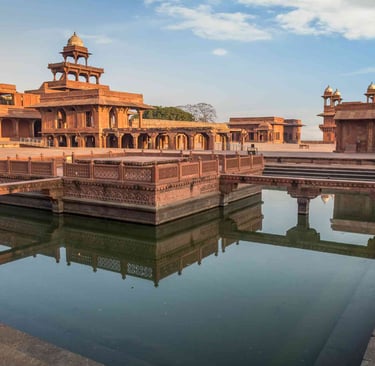
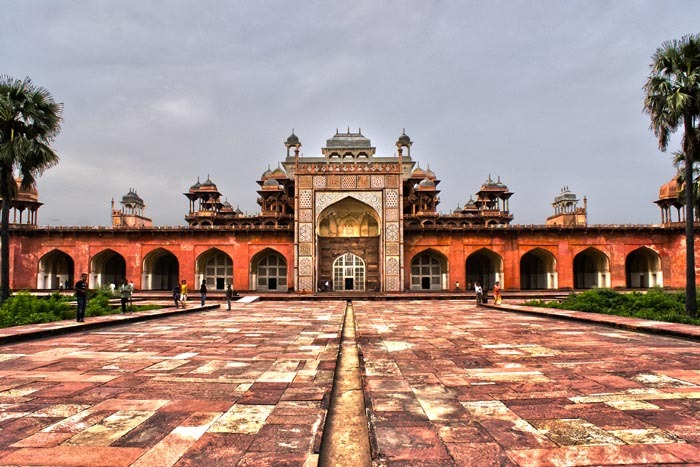

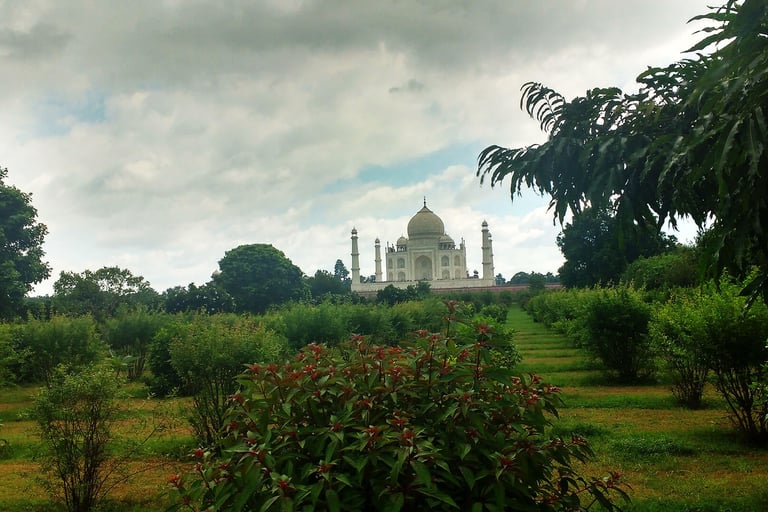


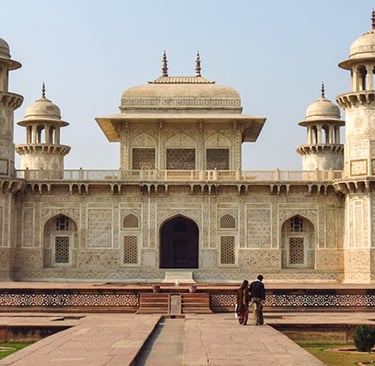
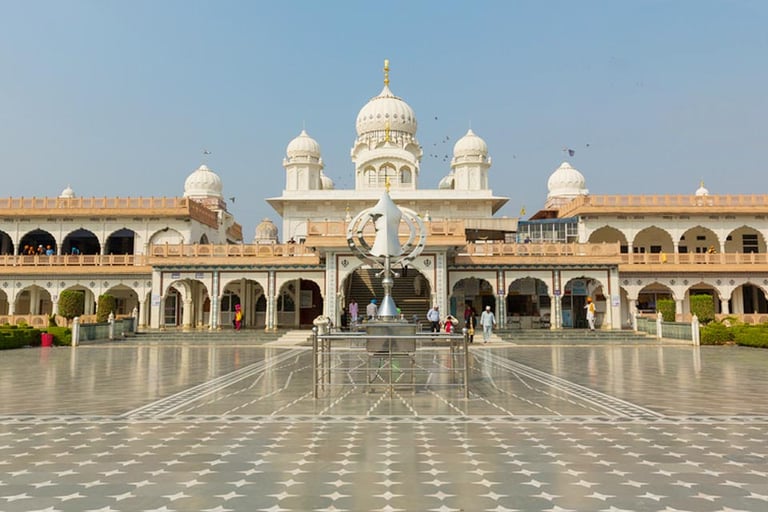

About Agri Agro Grand Expo
Agri Agro Grand Expo International has served as a platform for bringing together many foreign as well as national visitors from all over the country to interact with leading national agriculture technology companies. The Agriculture Expo, held annually, is one of the leading national agriculture events of its kind, showcasing cutting-edge agricultural technologies. This exhibition in India traditionally attracts numerous Ministers of Agriculture, decision-makers, experts, practitioners, and trainers in agriculture, along with thousands of visitors from around the country.
contact :
expo@agriagro.in
exposulabh@agriagro.in
+91-9520099666
+91 -70601 71734
+91 -8791144200
© 2026 Agri Agro Grand Expo All rights reserved.
Mail:
